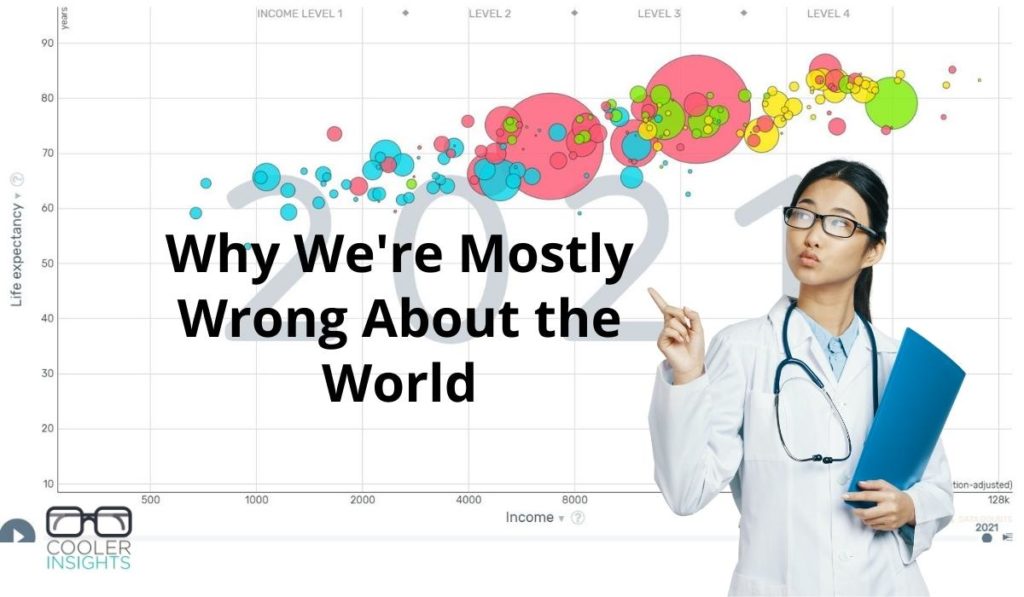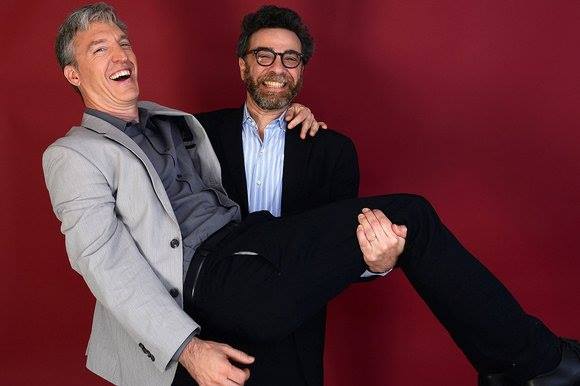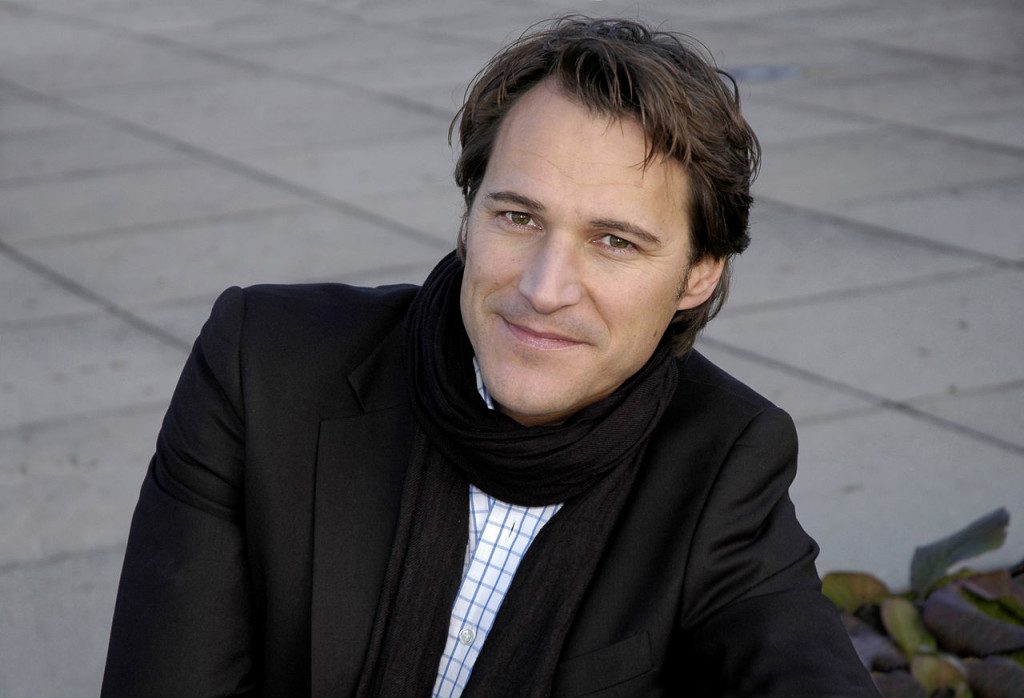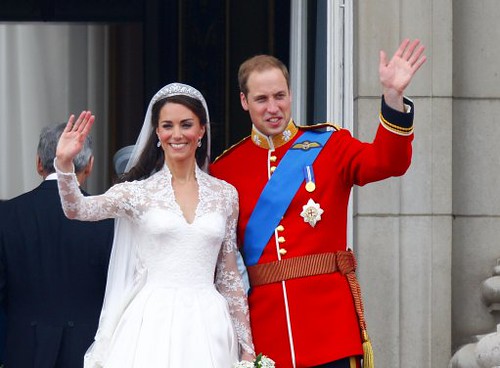
Nassim Nicholas Taleb is a maverick and a genius.
Renowned for his bestselling book The Black Swan (you can read this Wikipedia entry to learn what Black Swan Theory is), this brilliant former hedge fund manager/ derivatives trader turned university professor is known for philosophical theories which challenge conventional wisdom. Often, these are not just empty musings, but grounded in hardcore mathematical formulas and analyses.
Thanks to a talk organised by the National Library Board titled Antifragility: Gaining from Volatility, Stress and Disorder, I learned a little about why current thinking on risks may be flawed.
Follow me now as I try to convey the essence of Nassim’s talk in layman terms.
Defining Anti-fragility
Before we can learn what antifragility is, we first need to understand what fragility is.
A cup of coffee can be understood as a fragile object. It is fragile because “it wants tranquility and a low volatility environment”. It hates disorder, variability, randomness, trauma, or other “stressors” and exhibits a “concave” or negative sensitivity to an increase in volatility. There is no upside for a cup of coffee from a random event like a sudden change in weather, a falling piano, or a car crash.
Conversely, an antifragile entity is the exact opposite of the fragile. It needs variability and volatility. High volatility increases its welfare. Hence, it is described as an item with a “convex” or positive sensitivity to increases in volatility (or variability, stress, dispersion of outcomes, uncertainties, and shocks).
Note that being antifragile isn’t quite the same as being robust or resilient. Robustness is about withstanding external shocks and staying the same. The antifragile actually becomes better.
To better understand this concept, do consider the two curves below (courtesy of Innolution):

Anti-fragility in Action
To better understand how this epistemological principle works in real life, Nassim gave a few interesting examples during the Q&A part of his talk. I’ll go through each in turn.
Investment – Taleb’s “Barbell” Strategy
In the arenas of financial investments, Nassim’s book suggested that one could adopt a “barbell” strategy to take advantage of the “Black Swan” phenomena (ie random, unexpected events with large effects). This entailed spreading one’s eggs on extremely low and high risk instruments rather than middle risk options.
For example, one could invest say 90% of one’s capital in very safe options (eg short-term treasuries, government bonds, gold) that just barely beat inflation (eg gains of 5% per annum) on one side of the barbell. On the other spectrum, one could invest 10% of one’s capital in very speculative and volatile stuff (eg futures, options and derivatives).
The idea behind this is that there is minimal downside if the speculative investments turn sour (90% of one’s capital base is still intact). On the other hand, the gains could be significant should risky investments skyrocket due to “Black Swan” effects.
Why Resource Poor Maritime Cities are Antifragile
On the success of cities, Nassim hypothesised that maritime cities with little natural resources are usually more antifragile than those with abundant natural resources. A case in point is Singapore, which started its road towards nation building under adverse circumstances.
Citing the example of how the Phoenicians had to build boats to transport copper from Cyprus, he added that the spare capacity of their boats spurred them to trade in other items. Over time, this “import and export” mentality helped such cities to prosper. Conversely, nations that have abundant resources (eg oil rich states in the Gulf) could be highly fragile as living in the lap of luxury could dampen their competitiveness.
For Singapore, Nassim warned that our prosperity over the past few decades could be a double-edged sword. If we become too rich and complacent, we should perhaps have “summer camps” to toughen our youngsters up lest they lose the fighting and competitive spirit!
Antifragile Religions
According to Nassim, most of the major religions in the world have elements of antifragility ingrained into them. They are “mutations” of what occurred in history, and have fitness built into them. Often, they are also constructed to provide a period of “deprivation” to counter the opulence and excesses and civilisation.
A case in point is religious fasting. Orthodox Christians fast over 200 days in a year, abstaining from meat, alcohol, or other “dietary vices”, while Muslims embark on a 40 day fast as part of Ramadan. Such practices have actually been shown by Medicine to be beneficial for the body, helping to curb diseases like Alzheimer’s or Parkinson’s. For Islam, it was instituted during a time where many of the people in the Middle East were pre-diabetic!
Antifragility in Health and Medicine
In the field of healthcare, Nassim suggests that we should try not to take drugs for small ailments if our bodies can take it. He cited those who frequently medicate themselves for minor ills tend to have shorter expectancies than those who fight to overcome their sicknesses. We should only seek medical intervention for major life-threatening illnesses (eg cancer).
Anybody who has taken antibiotics to combat their fevers and sore throats would know how weak they feel after the incident. Studies have shown that irradiation therapy for cancerous cells may inadvertently induce the relapse of cancer at a later stage in life.
Similarly, the “stressors” induced by regular moderate exercise helps us to build stronger healthier bodies. Eating less rich diets – for example, more vegetables/salads and less meat – helps our bodies to be fitter. Likewise, we may not want to sanitise our environments so much that we fail to build up our resistance against germs.
Raising Antifragile Kids (aka Why We Should Let Kids Fail)
Nowadays, kids have schedules as busy as CEOs. Shuttled from point to point for music classes, enrichment classes and other activities, they are so mollycoddled and spoon-fed that they are not exposed to the vagaries of life. Often, such kids eventually end up in professions like investment banking, management consulting, and law.
For a country, however, such a focus on education is actually bad for its economy. In fact, up to a certain point, an increase in educational levels in a country does not equate to increases in GDP. On the contrary, what a country may need are more college dropouts who become entrepreneurs. They include the likes of Steve Jobs (Apple), Bill Gates (Microsoft), Mark Zuckerberg (Facebook) and Larry Ellison (Oracle).
In a related fashion, we should leave our children to experience small failures so that they can toughen themselves up for bigger setbacks in life. This could mean subjecting them to certain degrees of uncertainty and volatility so that they could learn to swim with the sharks later on in life.
Antifragility and Post Traumatic Growth
Towards the end, Nassim raised the example of how the multiple wars in Lebanon helped its people to do very well. I guess a similar principle applied to how maritime city states like Singapore have prospered during its early tumultuous years. Such effects are termed as post traumatic growth by Nassim.
To benefit from post traumatic growth, we should allow our systems – whether biological, societal or economic – to experience small degrees of disorder and stresses without intervening. We should only “hyper-intervene” when things go really bad, like when the failure of a company could bring down the entire economy.
As the saying goes: “that which does not kill you, makes you stronger”.
What are your thoughts on Nassim Nicholas Taleb’s ideas on antifragility? Will it work for you?












